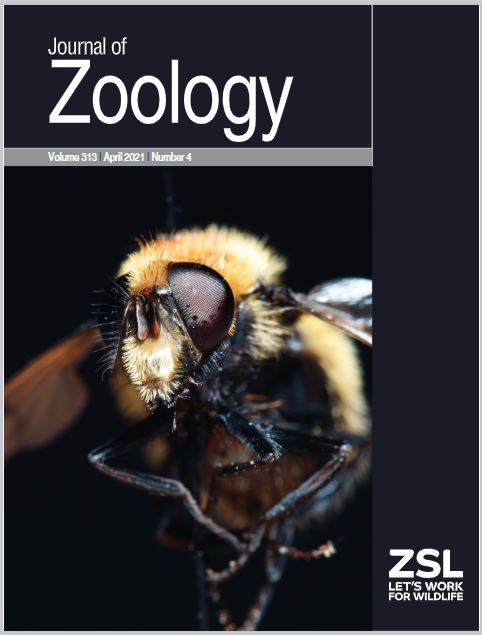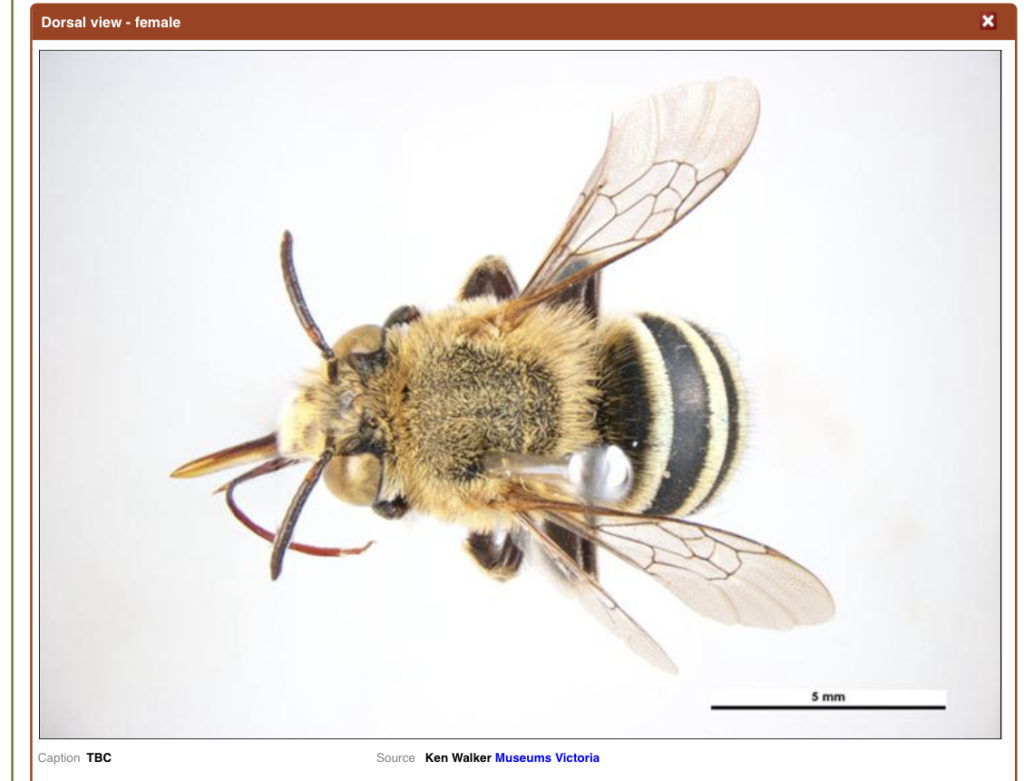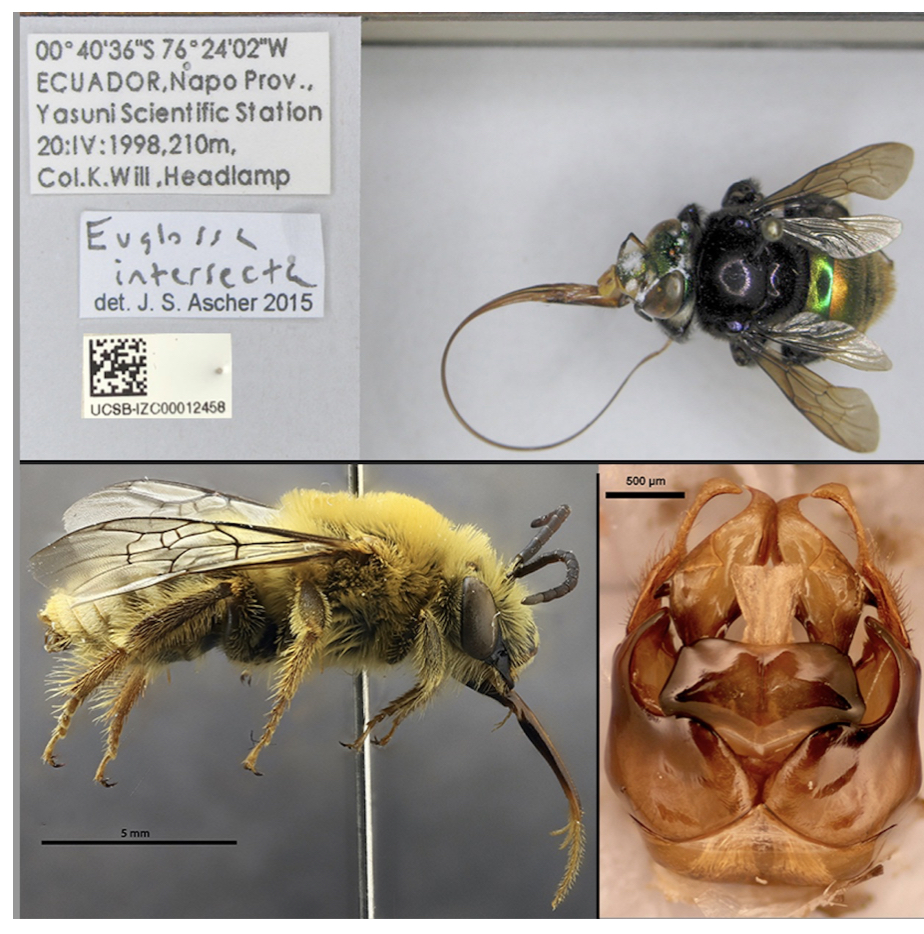The Buzz Bus is our version of a mobile set up or lab to study the mechanical properties of the vibrations that bees produce.
It is a simple set up that allows us to deploy sensitive equipment that captures vibrations, miniature piezo-electric accelerometers, away from lab settings. Our mobile lab enables us to work with live bees and measure their defence vibrations that bees produce when lightly pressed against a miniature accelerometer. The accelerometer is a small device connected to a cable that transforms vibrations into electric signals. Inside the accelerometer there is a small piece of a special type of material that when is deformed generates a very small amount of electricity. The vibrations transmitted from the bee to the accelerometer are transformed into electrical signals that can then be acquired and digitised using custom made software.
The set up doesn’t look like much but we have successfully used it in a previous expedition to western and northern Scotland to measure defence vibrations in bees and hoverflies. The results of those fun expeditions were published in 2021 in Journal of Zoology, and a picture of a bee-mimicking hoverfly we took in those trips made it to the cover!

We will use a campervan in Australia as a base that will enable us to cool down bees for measurement and provide electricity needed to recharge and run the equipment. The Bus Buzz will also be our home for the next three weeks.
But before meeting the Buzz Bus, I still need to make it to Australia. A small delay in arriving to Amsterdam and some unexpected airport chaos has left me stranded overnight here. The challenge this morning is to make it on time to catch the next flight in London. It will be a tight schedule!

